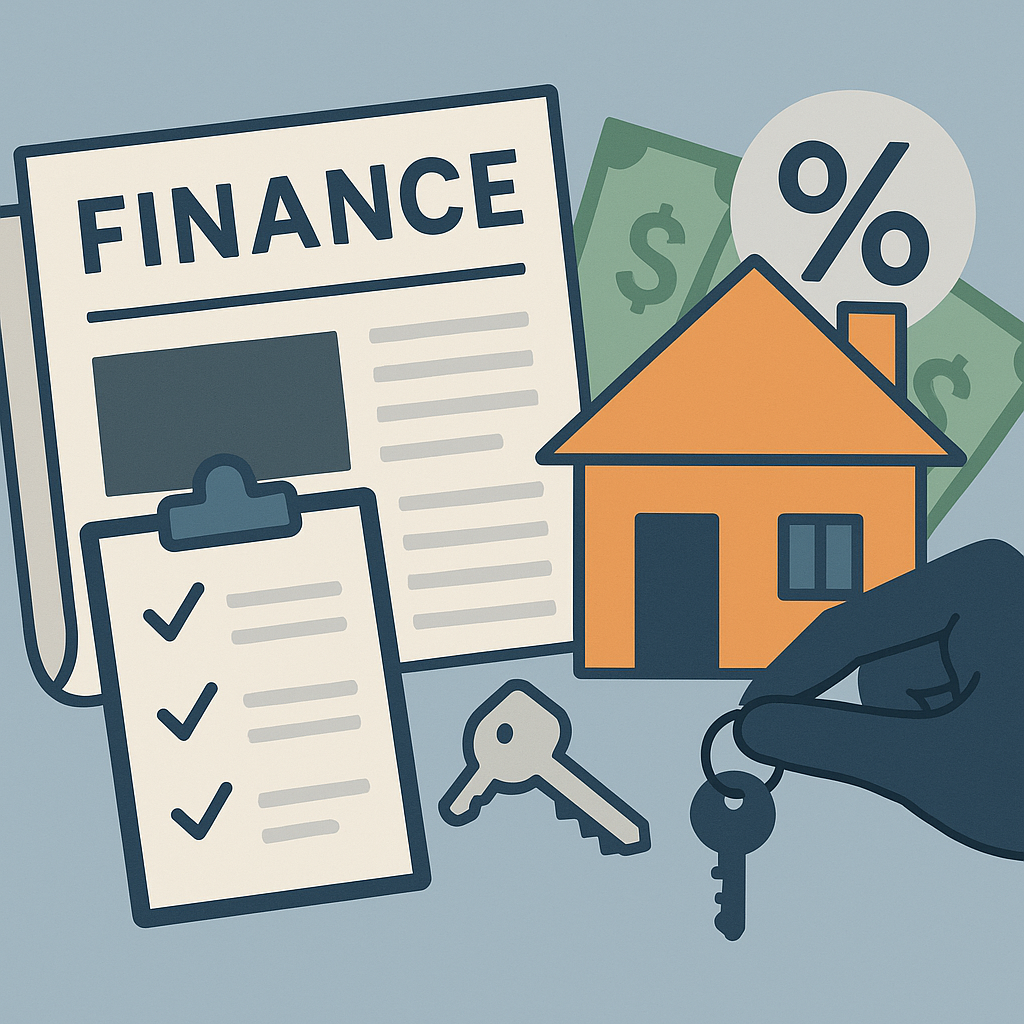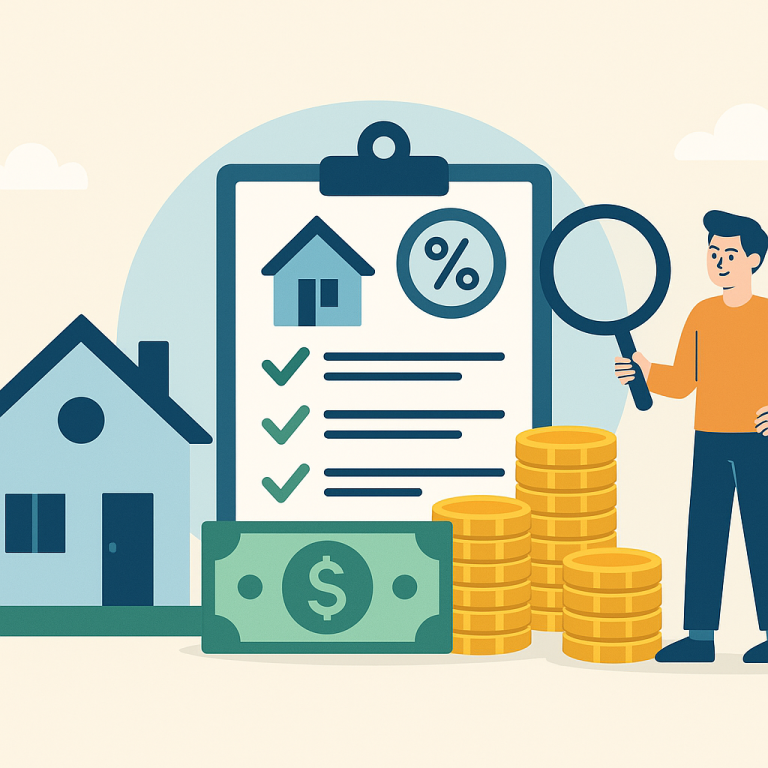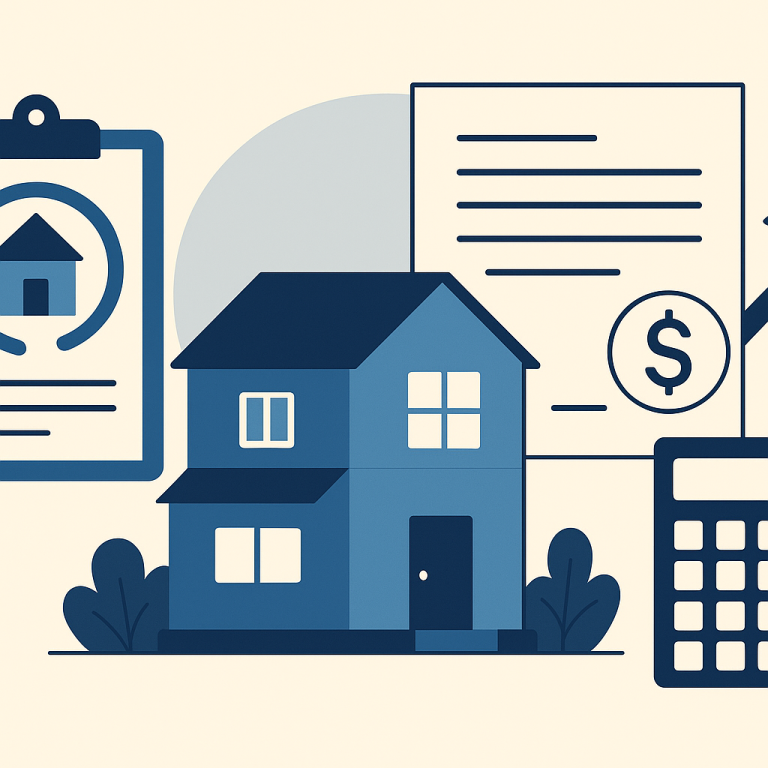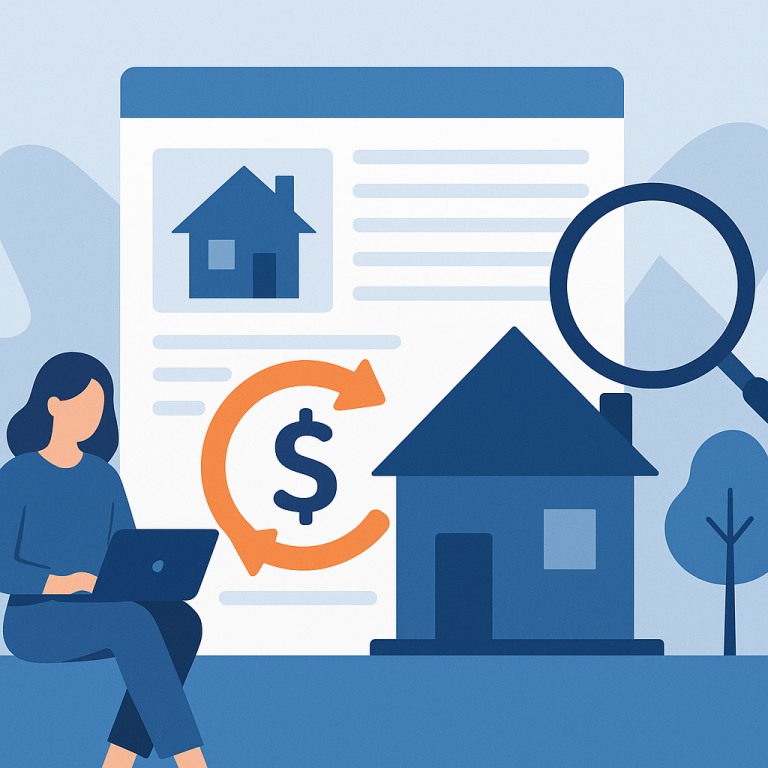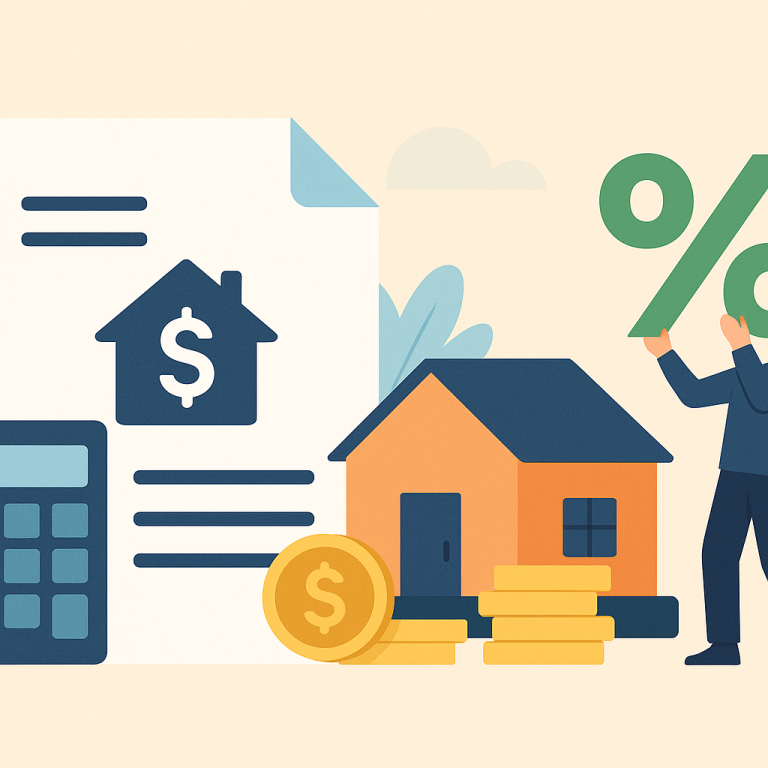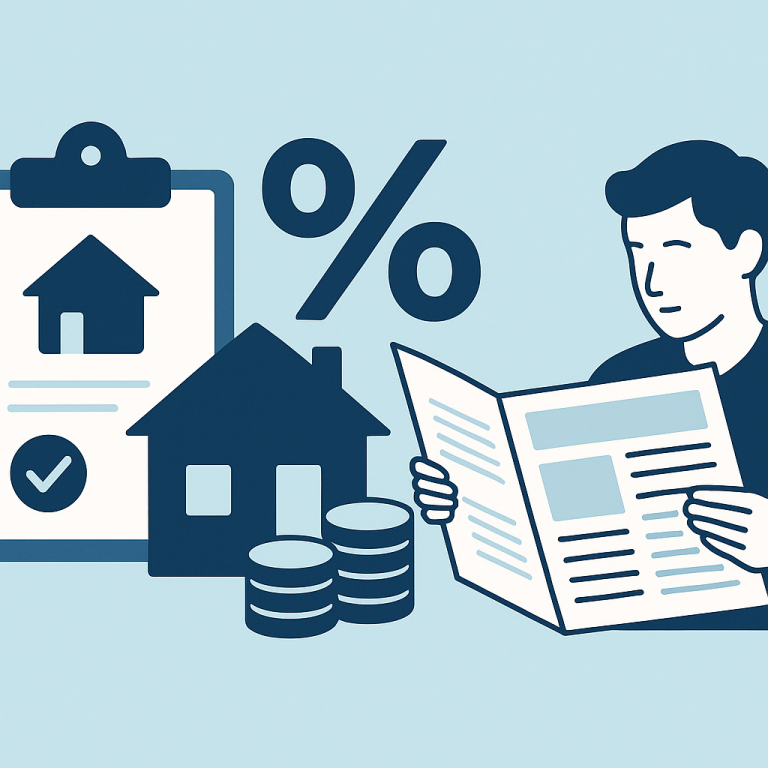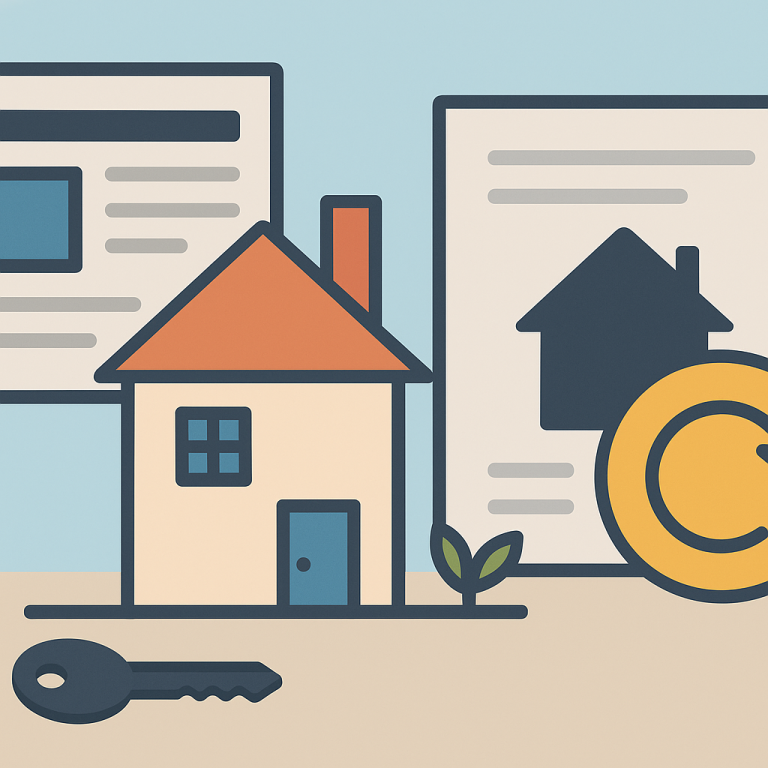30-Year Fixed Rates Drop To 6.25%, Refinance Applications Jump 9%
At a glance: The latest mortgage rate drop and how it could affect refinancing decisions.
Mortgage rates have moved lower. That can improve affordability and may reopen refinance options for borrowers whose current rate is above today’s quotes.
What the Rate Drop Means for Borrowers
Mortgage markets have seen a modest easing in interest rates, creating targeted refinancing opportunities rather than a broad market rush. For many homeowners, whether refinancing makes sense now depends less on headline rate moves and more on individual loan characteristics, remaining term, and the cost to close. Prospective refinancers should assess the net financial benefit and their personal timeline before committing.
Unlike dramatic rate shifts that open clear pathways for widespread savings, the current environment favors borrowers who can reduce their rate materially relative to their loan’s remaining term or who have other strategic reasons to refinance. Key considerations include closing costs, the size of the rate reduction, your equity position, and how long you plan to remain in the property. These factors determine the break-even point—the time it takes for monthly savings to offset upfront fees.
Loan type matters. Homeowners with adjustable-rate mortgages approaching a reset may find switching to a fixed rate appealing for budget certainty, while those already on relatively low fixed rates might not recoup closing costs quickly enough to justify a refinance. Cash-out refinances can be valuable for consolidating higher-cost debt or funding home improvements, but they typically increase loan principal and may extend the repayment horizon.
Borrower financial profile and loan-to-value (LTV) are also decisive. Strong credit, a stable income, and sufficient equity generally yield the most competitive refinance offers and lower pricing. Conversely, borrowers with constrained credit or high LTV ratios may face higher rates and fees that reduce potential savings. Additionally, prepayment penalties, seasoning requirements for government loans, and the availability of streamlined options for certain programs can alter the calculations.
Practical homeowner takeaways
- Calculate your break-even time: Add expected closing costs and compare them to projected monthly savings to estimate how long it will take to recoup expenses.
- Get multiple Loan Estimates: Shop several lenders to compare APR, fees, and not just the nominal interest rate to capture the full cost of refinancing.
- Consider term changes: Refinancing to a shorter term can reduce total interest paid even if monthly payments rise; extending the term can lower payments but may increase lifetime interest.
- Evaluate cash-out needs separately: If you need funds, weigh the benefit of lower-rate debt consolidation or improvements against the impact of a larger loan balance.
- Watch for special circumstances: If your adjustable rate is resetting soon or you face a prepayment penalty, refinancing may deliver outsized value despite a modest rate environment.
- Confirm eligibility and documentation: Ensure your credit score, income documentation, and home valuation are in order to avoid surprises at underwriting.
Action steps for interested homeowners are straightforward: run a break-even analysis, obtain multiple Loan Estimates, and discuss term and cash-out options with lenders or advisors. If the analysis shows a clear financial benefit within the time you expect to keep the home, locking a rate and moving forward can capture the potential savings. If the advantage is marginal, it may be prudent to wait for a clearer rate move or to address credit and equity factors that would improve your refinance prospects.
In a market with modest rate declines, selective and informed decisions will produce the best outcomes. Homeowners who focus on net savings, loan features, and personal timelines are most likely to benefit from refinancing now.
META: refinancing news, mortgage rates, homeowner takeaways, break-even analysis

